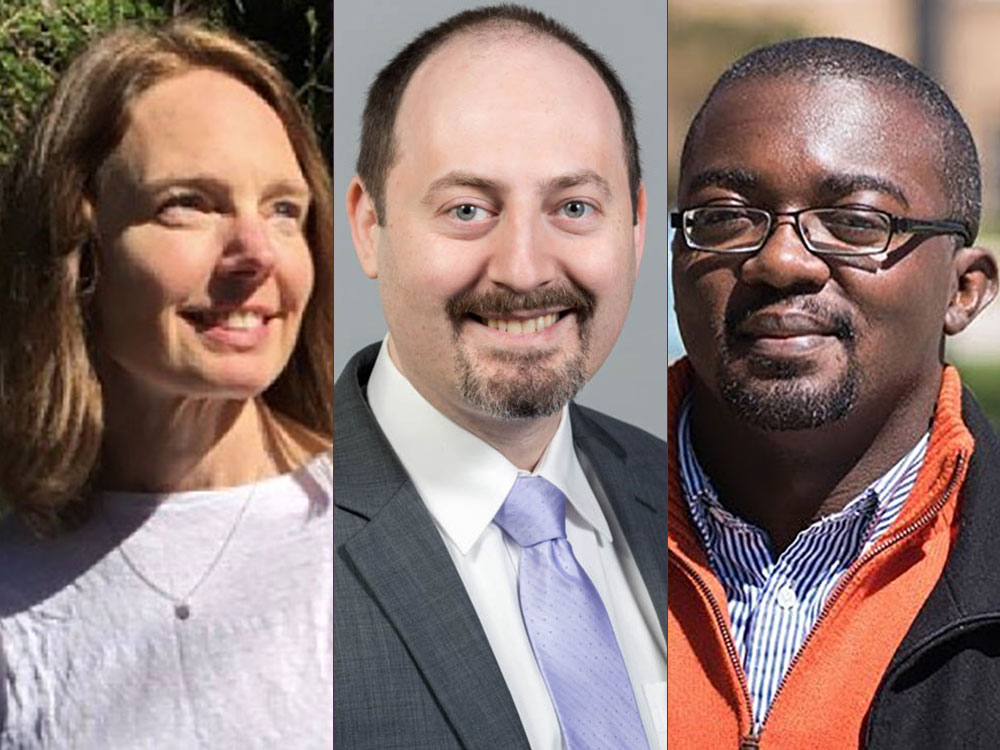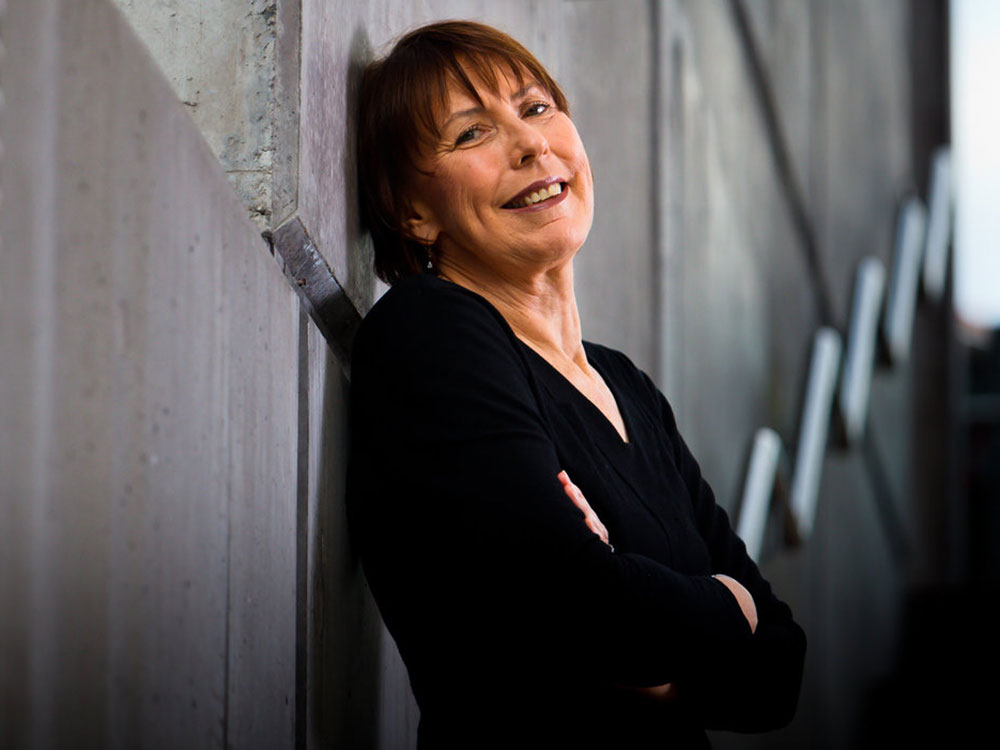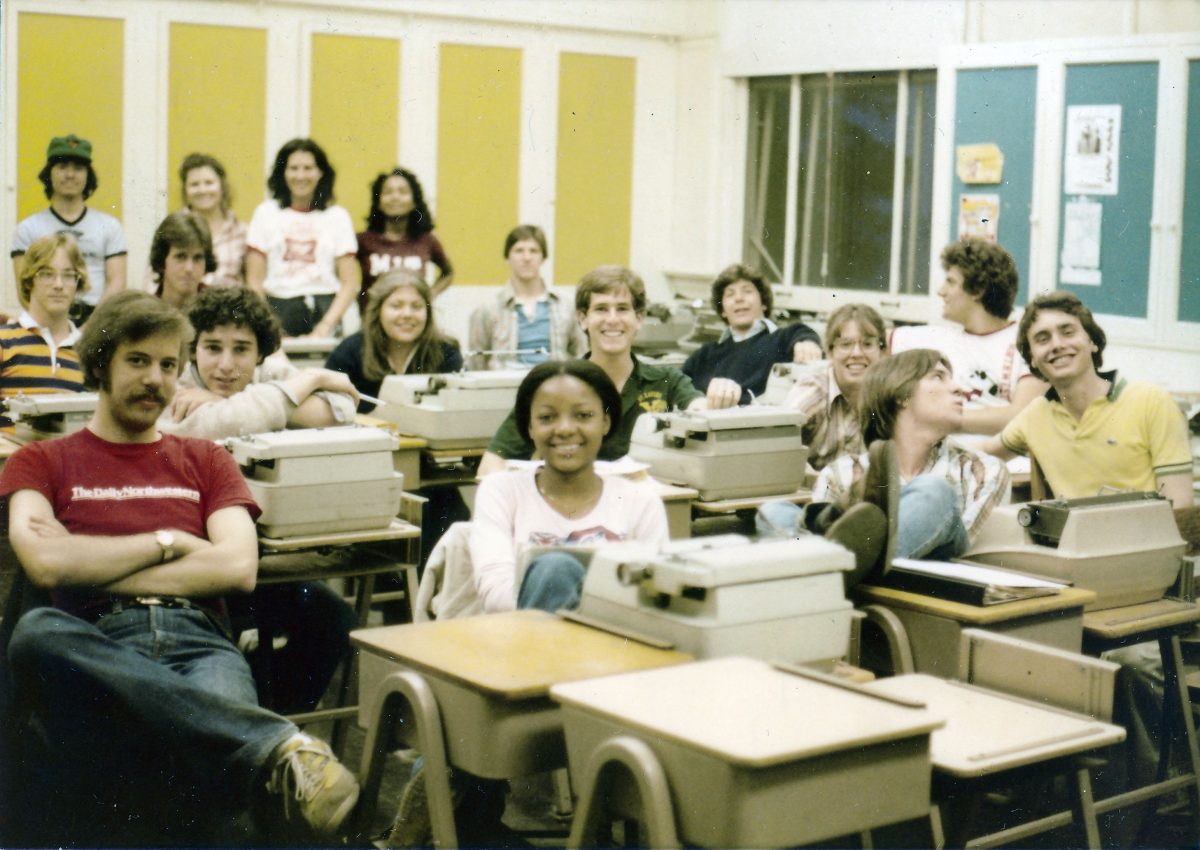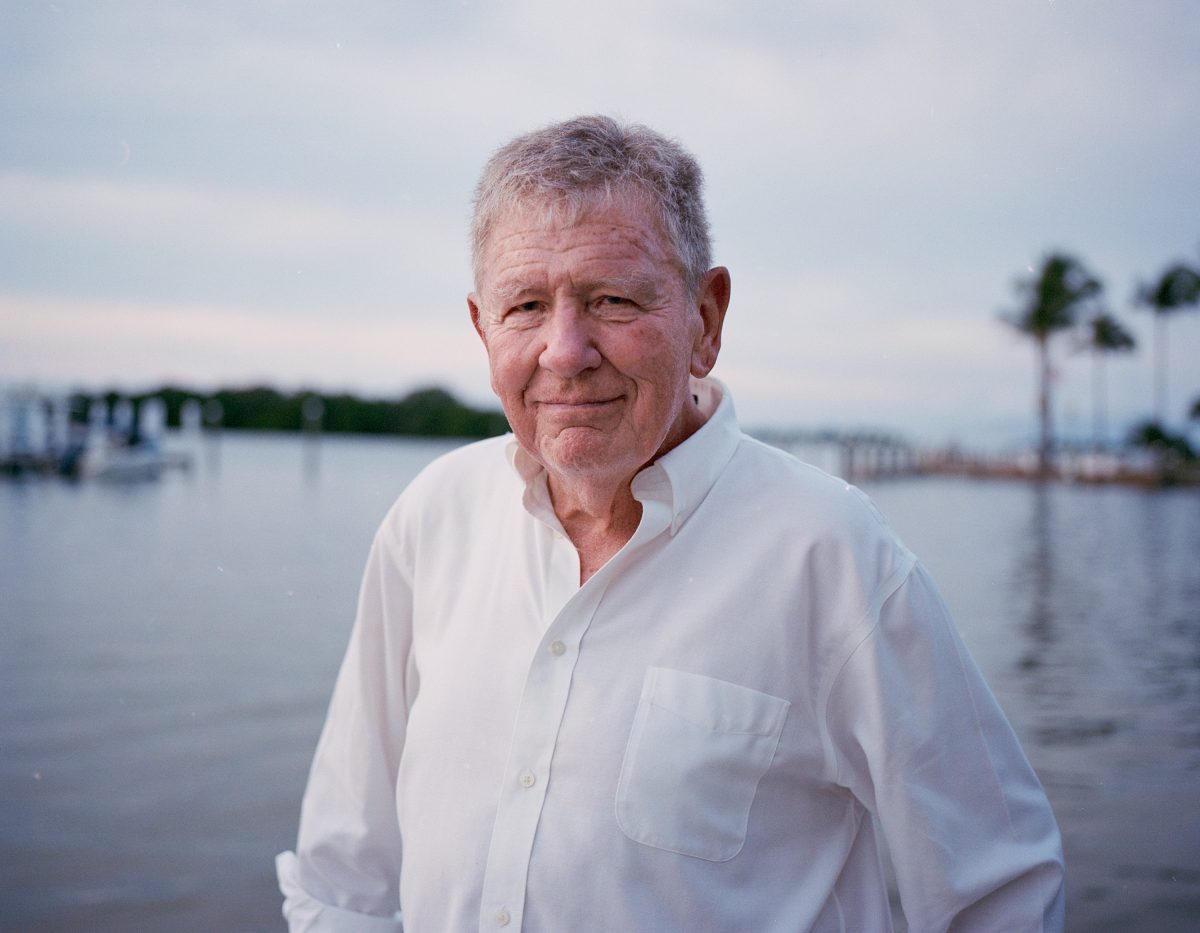By Myles Gilbert
When Christine Brennan was 10, her father would often find her in their living room, school books pushed aside, intently listening to the Toledo Mud Hens broadcast on public radio. Brennan followed the entire 1968 season of the Detroit Tigers Triple-A affiliate in a scorebook she received for her birthday.
“Not only were many 10-year-old girls in America not doing that,” Brennan said. “I dare to say very few 10-year-old boys were doing that.”
That’s who Christine was, and is. Infatuated with scores, stat sheets, and storylines.
Now, at age 64, Brennan has spent more than 40 years covering professional sports and the Olympics for the Miami Herald, The Washington Post and now USA Today. She is also a commentator for ABC News and CNN. Brennan became the Miami Herald’s first female sports reporter in 1981, the Post’s first woman assigned to the Washington Football Team beat in 1985, and the first president of the Association for Women in Sports Media in 1988. A trailblazer in the industry, Brennan is dedicated to help blaze a trail for the next generation of female sports reporters.
“I would be mad at myself if I didn’t give back,” Brennan said.
Growing up in Toledo, Ohio, sports surrounded Brennan, and it became her passion. She and her father dedicated fall Saturdays to college football, attending University of Toledo games just across the street from their home.
Brennan was enthralled by the action. Growing up, she wrote game previews for NBC’s nationally televised baseball games with information she gathered from her own bank of baseball knowledge and her hometown newspaper, the Toledo Blade. She scanned the headlines and box scores of the night before, craving the scoop.
On April 6, 1981, after receiving her bachelor’s and master’s degrees from Northwestern University’s Medill School of Journalism, Brennan became the first female sports reporter at the Miami Herald and covered the University of Florida Gators football program, a coveted beat in South Florida.
Brennan attributes her early success in a male-dominated profession to her editors at the Herald and coaches in South Florida, including legendary Miami Dolphins head coach Don Shula, because they brought her into the newsroom and locker room and allowed her to thrive.
In 1984, Brennan moved to The Washington Post, where then-sports editor George Solomon was inspired by her presence on his team.
“I was impressed with her professionalism and how she cultivated sources,” Solomon said. “She knew it wasn’t easy, but she was respected.”
Grateful for the opportunities she was given to live out her dream, Brennan was inspired to give back, recalling a saying her father often quoted from the New Testament: “To whom much is given, much is expected.”
In 1988, Brennan was elected president of the Association for Women in Sports Media, beginning her mentorship and support of female journalists. She helped found a scholarship-internship program, which has impacted almost 200 women, according to Brennan.
Michele Himmelberg, one of the organization’s founders, commends Brennan for championing women’s rights in her reporting.
“She is a strong, fair and righteous voice on important issues that need to be called out,” Himmelberg said. “She forces all of us to think about how wrong these issues are outside sports.”
For 13 years, beginning in 1999, Brennan pressed officials at the Masters Tournament, hosted at the Augusta National Golf Club, about the club’s lack of female members, returning every spring to ask the same question.
“I was public enemy number one of Augusta National,” she said. “But you can ask tough questions and still admire the event.”
Finally, in 2012, Brennan broke the news that Augusta National had admitted its first two female members, a scoop she credited to her friendly relationship with Billy Payne, then chairman of Augusta National, dating back to his days as the head of the 1996 Atlanta Olympics.
“You treat people right and they treat you right,” she said.
Brennan said she wants to be remembered for looking to the future and helping others, especially those without the same opportunities she had.
“Christine is incredibly generous with her time,” said Charles Whitaker, who was a classmate of Brennan’s at Medill and now serves as dean. “Whether it’s for career advice or just to find a mentor, I always direct students to Christine.”
Himmelberg recalled crowds of young female reporters huddled around Brennan at Association for Women in Sports Media conventions to introduce themselves.
“They flock around Christine because she’s so positive and they soak it all in,” Himmelberg said. “She’s always ready to actively mentor young women and give them hope, direction and guidance.”
What has been most gratifying for Brennan is her activism and compassionate reporting.
“If I were remembered at all,” she said, “I would want to be remembered as someone who gave back, and someone who had an unquenchable thirst to motivate and encourage those coming after me.”
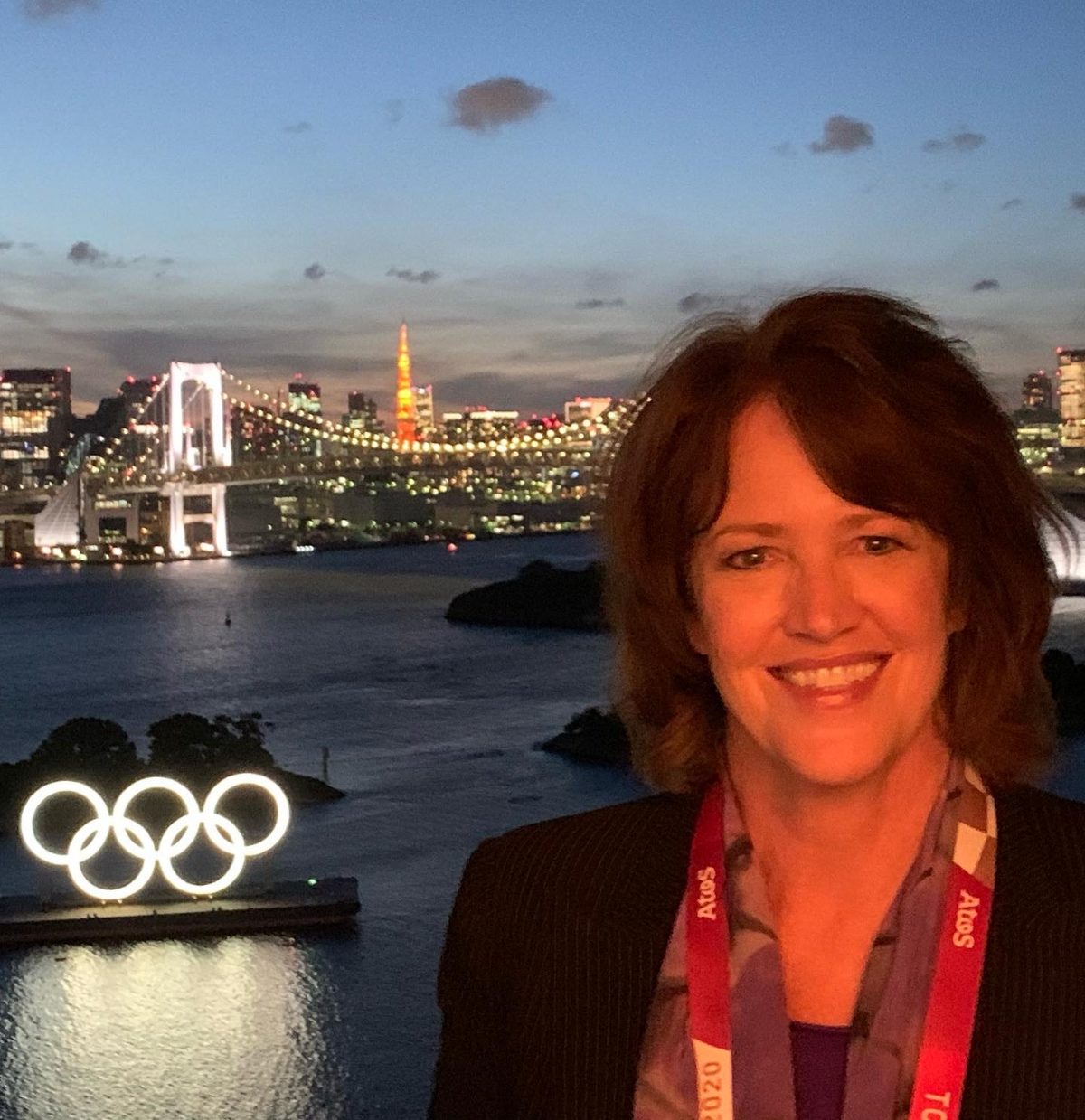
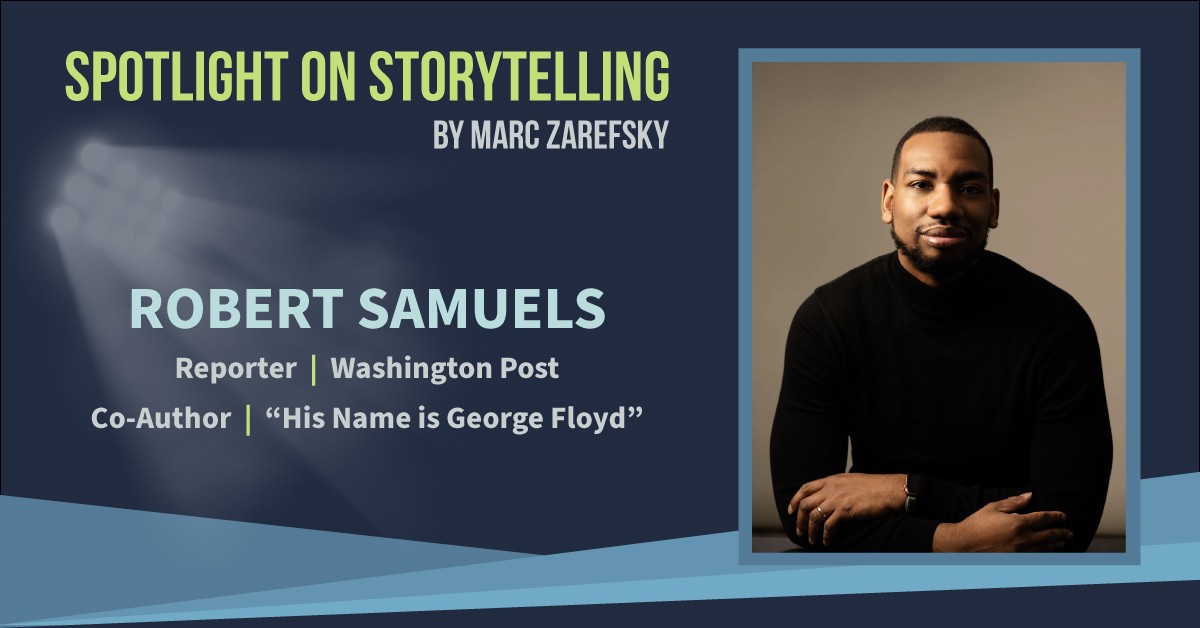
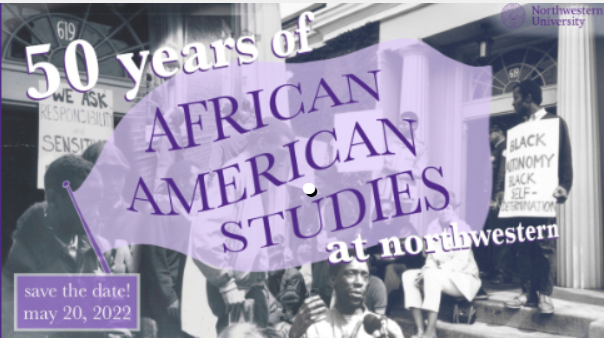
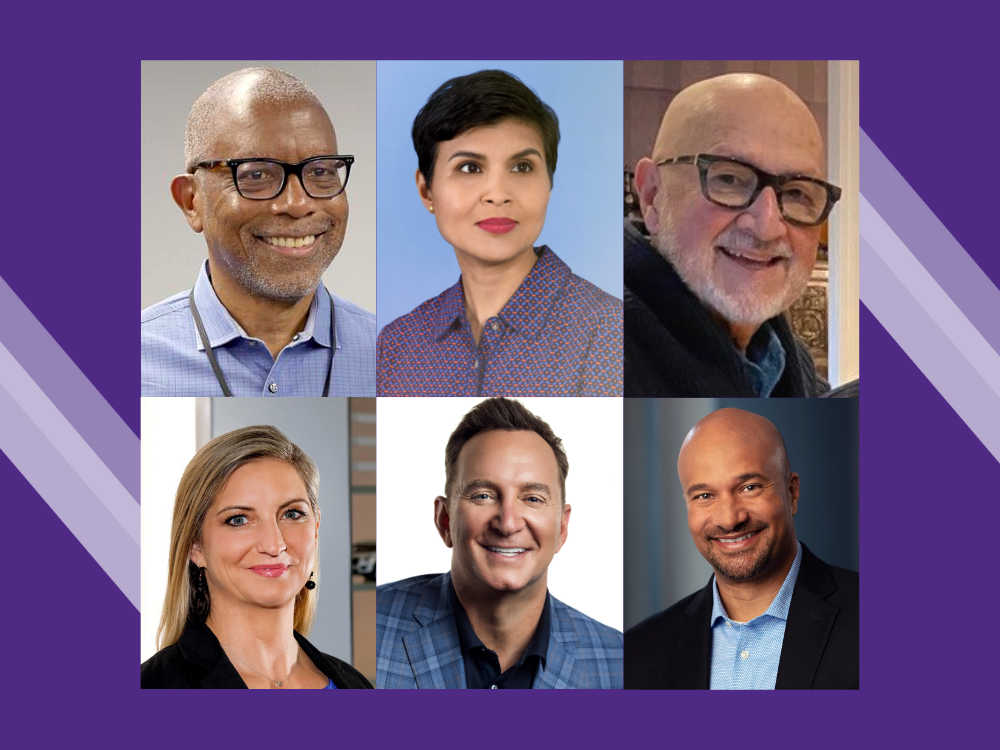
 Juan C. Cappello’s work as a journalist and strategic communications executive has been recognized by professional and civic organizations in the U.S. and overseas. Early in his career, Cappello received the Inter American Press Association Award for Young Journalists. In the field of strategic communications, he was the senior vice president, corporate affairs/marketing for ITT Corporation for almost two decades – the first Latin-born top corporate officer at a U.S.-based Fortune 500 company. Before founding his own strategic communications consulting firm in 2009, Cappello was president and partner of Hill & Knowlton in Latin America. He has been recognized by nongovernmental organizations and international groups, and he has also received official decorations from the governments of Austria, France and Chile, after its return to democracy in the 1990s, for his participation in human rights and cultural initiatives.
Juan C. Cappello’s work as a journalist and strategic communications executive has been recognized by professional and civic organizations in the U.S. and overseas. Early in his career, Cappello received the Inter American Press Association Award for Young Journalists. In the field of strategic communications, he was the senior vice president, corporate affairs/marketing for ITT Corporation for almost two decades – the first Latin-born top corporate officer at a U.S.-based Fortune 500 company. Before founding his own strategic communications consulting firm in 2009, Cappello was president and partner of Hill & Knowlton in Latin America. He has been recognized by nongovernmental organizations and international groups, and he has also received official decorations from the governments of Austria, France and Chile, after its return to democracy in the 1990s, for his participation in human rights and cultural initiatives. Melissa Grady Dias was appointed global chief marketing officer of Cadillac in September 2019. As CMO, Grady Dias leads strategic marketing for the Cadillac brand around the world. Recently, Grady Dias was recognized by Forbes as one of “The 50 Most Influential CMOs in the World.” Prior to joining Cadillac, she was senior vice president of performance marketing, digital and e-commerce of Jackson Hewitt, where she was responsible for all demand driving activities including television and jacksonhewitt.com as well as the implementation of a hyper-local digital media program across several thousand locations. Before Jackson Hewitt, Grady Dias led digital acquisition on the global marketing team at MetLife where she led digital strategy for the U.S. market and acquisition programs for several lines of business, resulting in large year-over-year growth, and managed metrics plans and insights across all key global markets. Prior to MetLife, Grady Dias led the global analytics, e-commerce marketing, and CRM teams at Motorola.
Melissa Grady Dias was appointed global chief marketing officer of Cadillac in September 2019. As CMO, Grady Dias leads strategic marketing for the Cadillac brand around the world. Recently, Grady Dias was recognized by Forbes as one of “The 50 Most Influential CMOs in the World.” Prior to joining Cadillac, she was senior vice president of performance marketing, digital and e-commerce of Jackson Hewitt, where she was responsible for all demand driving activities including television and jacksonhewitt.com as well as the implementation of a hyper-local digital media program across several thousand locations. Before Jackson Hewitt, Grady Dias led digital acquisition on the global marketing team at MetLife where she led digital strategy for the U.S. market and acquisition programs for several lines of business, resulting in large year-over-year growth, and managed metrics plans and insights across all key global markets. Prior to MetLife, Grady Dias led the global analytics, e-commerce marketing, and CRM teams at Motorola. Clinton Kelly co-hosted TLC’s wildly popular makeover show “What Not to Wear” for 10 years, and for seven he moderated ABC’s daytime talk show “The Chew,” for which he won an Emmy. He has also been regularly featured on HGTV and Food Network. A former magazine editor (Marie Claire, Mademoiselle and others) and freelance writer, Kelly has authored several books, including the critically acclaimed “I Hate Everyone, Except You,” a collection of humorous personal essays. In 2020 Kelly took a break from television to focus on his writing, working with personal styling clients and hosting regular Style Esteem workshops, through which he helps people evaluate their wardrobes to fine tune their nonverbal messaging.
Clinton Kelly co-hosted TLC’s wildly popular makeover show “What Not to Wear” for 10 years, and for seven he moderated ABC’s daytime talk show “The Chew,” for which he won an Emmy. He has also been regularly featured on HGTV and Food Network. A former magazine editor (Marie Claire, Mademoiselle and others) and freelance writer, Kelly has authored several books, including the critically acclaimed “I Hate Everyone, Except You,” a collection of humorous personal essays. In 2020 Kelly took a break from television to focus on his writing, working with personal styling clients and hosting regular Style Esteem workshops, through which he helps people evaluate their wardrobes to fine tune their nonverbal messaging. Mike McGrew assumed the role of executive vice president, chief communications, CSR & diversity officer for Constellation Brands in April 2020. In this role, he leads a team responsible for developing and executing the company’s corporate communications, investor relations, corporate social responsibility, and diversity, equity and inclusion strategies designed to enhance the company’s reputation with key stakeholders and advance the company’s business strategy. Prior to joining Constellation Brands, McGrew held various roles with increasing responsibility at Grainger, then a $9B global provider of industrial supplies and equipment. Prior to joining Grainger, he worked in corporate communications for Alliant Foodservice (one of the nation’s largest, privately held broad-line foodservice distributors) and Morton International (a leading manufacturer of salt and specialty chemical products). McGrew received his bachelor’s degree in organizational studies from the School of Education and Social Policy at Northwestern.
Mike McGrew assumed the role of executive vice president, chief communications, CSR & diversity officer for Constellation Brands in April 2020. In this role, he leads a team responsible for developing and executing the company’s corporate communications, investor relations, corporate social responsibility, and diversity, equity and inclusion strategies designed to enhance the company’s reputation with key stakeholders and advance the company’s business strategy. Prior to joining Constellation Brands, McGrew held various roles with increasing responsibility at Grainger, then a $9B global provider of industrial supplies and equipment. Prior to joining Grainger, he worked in corporate communications for Alliant Foodservice (one of the nation’s largest, privately held broad-line foodservice distributors) and Morton International (a leading manufacturer of salt and specialty chemical products). McGrew received his bachelor’s degree in organizational studies from the School of Education and Social Policy at Northwestern. Stephanie Mehta is CEO and chief content officer of Mansueto Ventures, the business media company that publishes Fast Company and Inc. She previously spent nearly four years as editor-in-chief of Fast Company, overseeing its print, digital and live journalism. Mehta has held senior writing and editing positions at Vanity Fair, Fortune, Bloomberg Media and The Wall Street Journal. She received a BA in English from Northwestern and her MSJ from Medill. A Chicago-area native, she now lives with her husband and two daughters in Scarsdale, New York.
Stephanie Mehta is CEO and chief content officer of Mansueto Ventures, the business media company that publishes Fast Company and Inc. She previously spent nearly four years as editor-in-chief of Fast Company, overseeing its print, digital and live journalism. Mehta has held senior writing and editing positions at Vanity Fair, Fortune, Bloomberg Media and The Wall Street Journal. She received a BA in English from Northwestern and her MSJ from Medill. A Chicago-area native, she now lives with her husband and two daughters in Scarsdale, New York. Michael Paul Williams is a Pulitzer Prize-winning metro columnist whose opinion pieces appear on the Op-Ed page of the Richmond Times-Dispatch. In 2021, he was awarded the Pulitzer Prize for Commentary “for penetrating and historically insightful columns that guided Richmond, the former capital of the Confederacy, through the painful and complicated process of dismantling the city’s monuments to white supremacy.” Williams, a Richmond native, is a graduate of Virginia Union University and Medill. He won Virginia Press Association awards for column writing in 1992, 1994, 2007 and 2014. During 1999-2000, he was one of 24 U.S. and international journalists awarded a Nieman Fellowship at Harvard University.
Michael Paul Williams is a Pulitzer Prize-winning metro columnist whose opinion pieces appear on the Op-Ed page of the Richmond Times-Dispatch. In 2021, he was awarded the Pulitzer Prize for Commentary “for penetrating and historically insightful columns that guided Richmond, the former capital of the Confederacy, through the painful and complicated process of dismantling the city’s monuments to white supremacy.” Williams, a Richmond native, is a graduate of Virginia Union University and Medill. He won Virginia Press Association awards for column writing in 1992, 1994, 2007 and 2014. During 1999-2000, he was one of 24 U.S. and international journalists awarded a Nieman Fellowship at Harvard University.